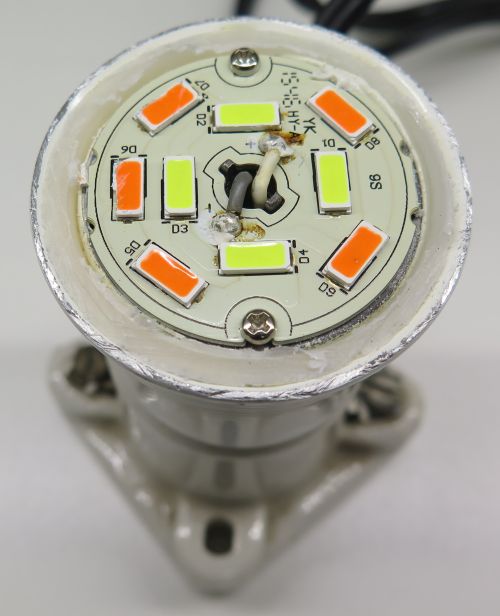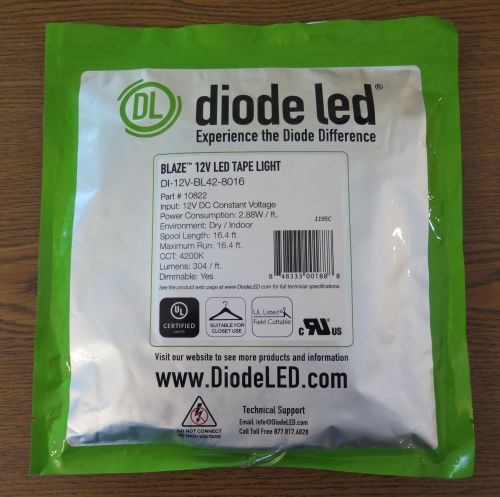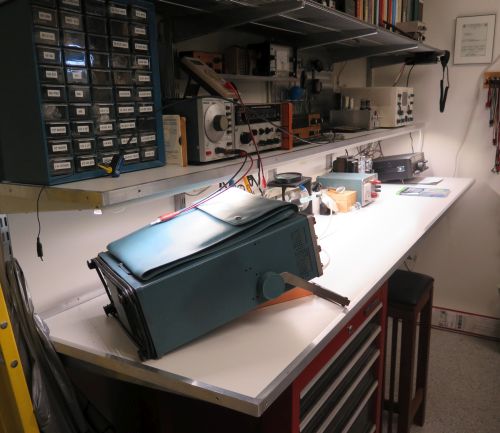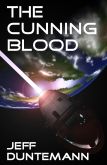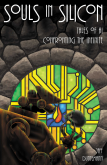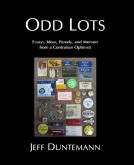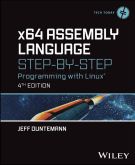I just uploaded a new, corrected and expanded PDF ebook edition of FreePascal from Square One to my website. It’s free, and (remarkably) it’s closing in on completion. It’s laid out for the A4 paper size, largely because there’s so much Pascal activity outside the US. You can read it on a screen, or else print it to paper to put in a binder. It’s currently at 294 pages, and when complete I hope to keep it under 325 pages, since that’s a whole lot of paper to print, punch, and bind.
Still to be covered are the standard string functions, locality and scope, and simple file/printer I/O. That’s not a lot of material, and some of it has already been rewritten and edited.
For those who haven’t heard of it before, let me describe the project: I’ve taken my 1993 book Borland Pascal 7 from Square One and heavily rewritten parts of it for FreePascal. Borland Pascal 7 from Square One was the fourth and last edition of my very first technical book, Complete Turbo Pascal, published in May, 1985. That title, by the way, was forced on me by the (now extinct) publisher. Its original manuscript title was Turbo Pascal from Square One. The four editions taken together were in print for almost ten years and sold about 125,000 copies back in the 80s and early 90s.
The book’s mission is to be what Assembly Language Step By Step is to assembly language: An absolute beginner’s tutorial on programming in Pascal. This includes people who have not yet learned what programming is and have never written a line of code in their lives. I start by explaining the ideas of programming, and move from there to Pascal. FreePascal is my compiler of choice, largely because it’s free, but even more because it comes with the Lazarus IDE, which contains a superb GUI builder very similar to the one present in Delphi. FreePascal from Square One doesn’t cover Lazarus beyond installing it and using the code editor. Specifically, it doesn’t cover the GUI builder or Windows programming generally. The example programs all run in the console window.
More than half of the original book explains things that no longer apply: DOS programming, overlays, the Borland Graphics Interface, tinkering the interrupt vector table, and so on. All of that is gone. I’ve made a decision to stop just before OOP, and will begin a Lazarus book with a thorough explanation of OOP and software components. I’m also leaving out pointers, since the topic is heavily intertwingled (to use a wonderful Ted Nelsonism) with OOP.
I intend to keep writing books of new material about Lazarus as time allows, and will sell them as PDF ebooks and spiral-bound POD paperbacks. No timetable; I’m trying to write SFF novels mostly, and will work on Lazarus projects as time allows. We’ve spent the last couple of years working on our Scottsdale house, but that’s largely finished, and I expect a lot more free time in the next few years. So stay tuned. I may do one more “unfinished” upload, but after that I expect to put the wraps on it.
